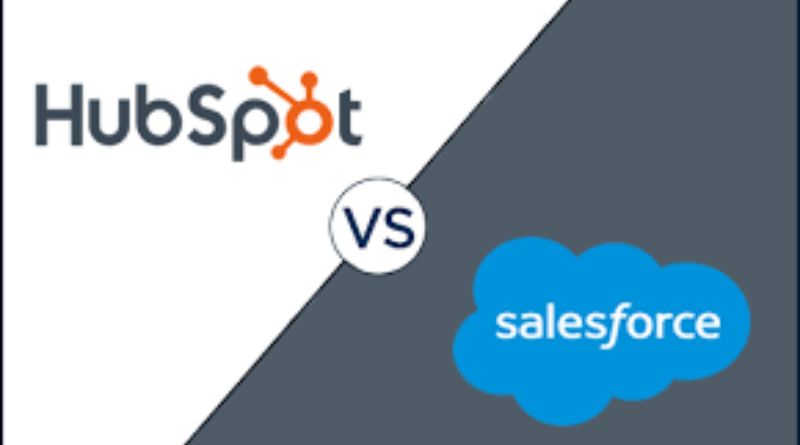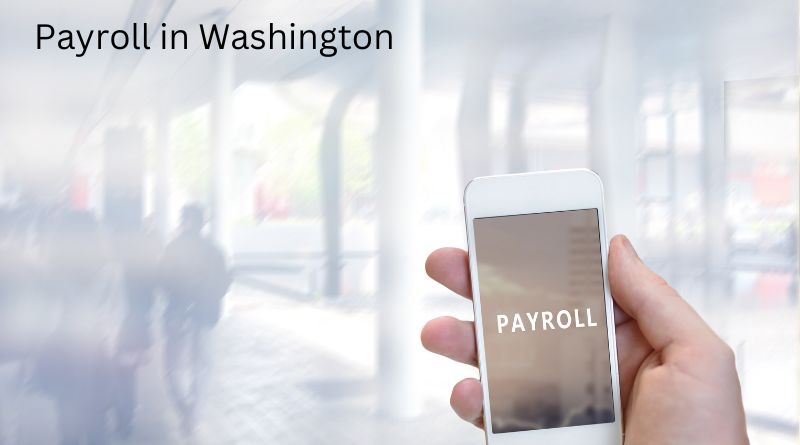Are you an employer who has recently hired new employees? Whether you’re self-employed or work at a company that employs 10 or more workers, you need to understand how payroll works and the terms that come with it. After all, if your business runs payroll, it’s your responsibility to ensure that every employee is paid their correct wages and benefits, on time and in full! Here are eight payroll terms every employer should know
1) Overtime
Extra hours worked by an employee outside of their standard hours are called overtime, or time and a half. Federal law mandates that most workers be paid 1.5 times the regular hourly rate for each hour of overtime.
2) Direct Deposit
Direct deposit is when you authorize your bank to withdraw funds from your checking account, at a date and time you specify, and deposit those funds into another bank account. Direct deposit is an easy and secure way for employers to pay their employees without having to mail out paper checks each month.
3) Gross Income
Gross Income is the amount of money you earned in a year. Gross Income, also called earned income and income before taxes, does not include monies from sources such as investments, pensions,s or Social Security payments.
4) Defined Benefit Plans
A Defined Benefit Plan is a type of pension plan that gives a pre-determined benefit on the retirement date. Employers are legally required to offer employees this benefit, but the types and amounts of these benefits can vary greatly. The contribution to this type of plan usually only comes from the employer and taxes on the benefits are taken at retirement (benefits will be lower if withdrawal is made before retirement). Because there are many different types of Defined Benefit Plans and individual plans may vary depending on factors such as which company offers it or what union negotiated it, there’s no standard across all employers with regards to requirements for coverage and other aspects.
5) Base Salary
Base salary is an amount that is paid to an employee at a set rate of pay, on a set schedule. Base salary does not take into account any variable pay or bonuses.
6) Fringe Benefits
Fringe benefits are benefits other than wages and salary. While some employers offer these as a way to make work more attractive, they must be reported as income and are subject to employment taxes. Employees may not be reimbursed for their out-of-pocket fringe benefit expenses, but they are tax deductible by the company if the employee meets eligibility requirements and is not provided on a pre-tax basis. Common fringe benefits offered by employers include health care, retirement savings, disability insurance, life insurance, tuition assistance or discounts for employees or family members in particular situations such as childcare needs.
7) Liability Insurance
Liability insurance is a type of commercial insurance coverage that protects against risks and potential liability in the event that someone is injured on your property or as a result of your business’s activities.
When it comes to liability coverage, there are several options. With higher limits, you’ll pay less per month. However, higher limits will also come with a more expensive monthly premium.
8) Profit Sharing Plans
Payroll is one of the most time-consuming and expensive responsibilities for any employer. Now, imagine that you could reduce the burden and save some money with a profit-sharing plan. When it comes to protecting employees from layoffs, restructuring, or closure of the business, profit sharing is definitely something to consider.
While profit-sharing plans are not a guarantee against layoffs or business closures, when structured properly they can make an exit easier for both the company and employee alike.
Profit-sharing plans can also lead to better retention rates by motivating employees with incentives in place for them if they stay at your company for a certain period of time.
When an employee shares in profits, their sense of ownership increases, which decreases turnover and increases productivity among workers.









